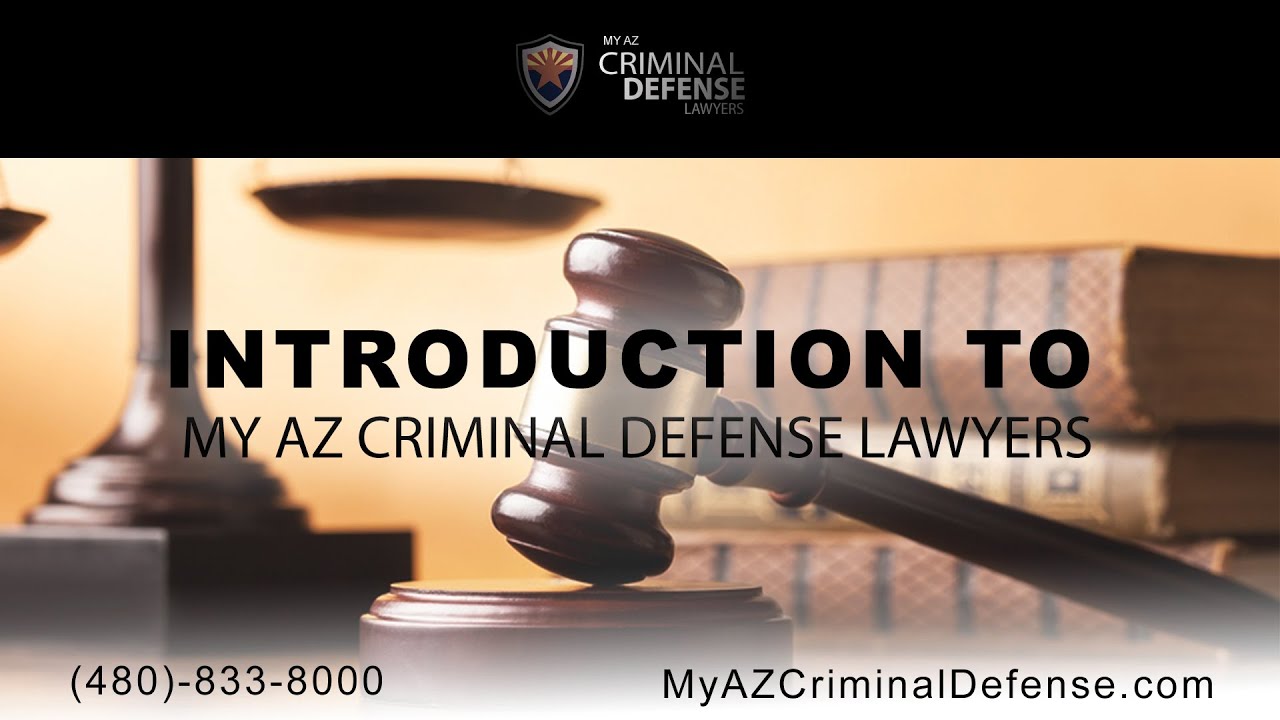I Was Injured in a Car Accident as a Passenger: What Should I Do?
If you were injured in a car accident as a passenger, you might be feeling overwhelmed, confused, and unsure of what to do next. Experiencing a car accident can be a traumatic event, and navigating its aftermath can be a daunting task. However, by understanding your rights and taking the appropriate steps, you can protect yourself and ensure that you receive the support and compensation you need.
What to Do After Being Injured in a Car Accident as a Passenger
Here’s a comprehensive guide to help you navigate the process after being injured in a car accident as a passenger:
1. Seek Medical Attention
Your health and well-being should be your top priority after a car accident. If you have any injuries, no matter how minor they may seem, it’s crucial to seek medical attention as soon as possible. Sometimes, injuries can be hidden and may not manifest themselves until later. By getting checked out by a medical professional, you can ensure that your injuries are properly diagnosed and treated. Delaying medical attention can worsen your injuries and potentially impact your ability to receive proper compensation.
Even if you feel okay, it’s still advisable to get a checkup. Some injuries, like concussions, may not be immediately apparent. Waiting too long to seek medical help can make it harder to prove the extent of your injuries and link them to the accident.
Remember, your health is paramount. Don’t hesitate to seek medical attention if you experience any pain, discomfort, or other symptoms. Early intervention can make a significant difference in your recovery and long-term well-being.
I Was Injured in a Car Accident as a Passenger: What Should I Do?
If you’re unfortunate enough to find yourself a passenger in a car accident, the aftermath can be overwhelming and confusing. But don’t worry, we’ve got you covered. Here’s a comprehensive guide to help you navigate the process and get the compensation you deserve:
Step 1: Seek Medical Attention
First things first, get checked out by a doctor. Don’t try to tough it out; even seemingly minor injuries can worsen over time. A medical evaluation will rule out any hidden injuries and ensure you get the proper treatment.
**
Step 2: Gather Evidence
This is crucial for proving your case. Take photos of the accident scene, your injuries, and any damage to the vehicles. Don’t forget to exchange information with the other driver, including their license number, insurance details, and contact information. And if there were any witnesses, get their names and contact details too.
**
Step 3: File an Accident Report
Report the accident to the police. The report will provide an official record of what happened, which will be helpful when you file for insurance coverage or a personal injury lawsuit.
**
Step 4: Contact Your Insurance Company
Let your insurer know as soon as possible. They will investigate the accident and determine if you’re entitled to any benefits, such as medical expenses or lost income.
**
Step 5: Consider Legal Action
If your injuries are severe or you’re facing financial difficulties, you may want to consider legal action. An experienced personal injury attorney can help you navigate the legal process and get you the compensation you deserve.
I Was Injured in a Car Accident as a Passenger: What Should I Do?
If you were injured in a car accident as a passenger, it’s important to know what steps to take to protect your rights. Here’s a guide to help you navigate the process:
Step 1: Seek Medical Attention
Your health and safety should be your top priority. Even if you don’t feel seriously injured, it’s crucial to get checked out by a medical professional. Some injuries may not manifest immediately, and seeking medical attention promptly can help prevent long-term complications.
Step 2: Report the Accident
You should also report the accident to the police. This will create a record of the accident and may help you later on if you need to file a claim. Be sure to provide the officer with as much information as possible, including the location, time, and a description of the accident. If possible, obtain a copy of the police report.
Step 3: Gather Evidence
Documenting the accident as thoroughly as possible can strengthen your case if you decide to pursue legal action. Take photos of the damage to the vehicles, any visible injuries, and the scene of the accident. Get contact information from any witnesses, including passengers in both vehicles.
If you’re able, jot down notes about the accident, including details such as the speed of the vehicles, the direction they were traveling, and any contributing factors like weather or road conditions. These notes can be valuable later when you’re providing a statement to insurance companies or attorneys.
Additionally, it’s important to obtain copies of your medical records and any other documentation related to the accident. These documents will provide proof of your injuries and expenses for insurance and legal purposes.
Don’t hesitate to take all necessary steps to ensure a smooth and effective legal process following a car accident. Remember, your health and well-being should always come first.
I Was Injured in a Car Accident as a Passenger: What to Do
If you were injured in a car accident as a passenger, you may be wondering what to do next. Here are a few steps to follow:
First, get medical attention as soon as possible. Even if you don’t feel like you’re seriously injured, it’s important to be checked out by a doctor to make sure that there are no hidden injuries.
Second, report the accident to your insurance company. You’ll need to provide them with the details of the accident, including the time, date, location, and names of the other drivers involved.
Step 3: Gather Evidence
If possible, gather as much evidence as you can about the accident. This includes:
- Take photos of the damage to the vehicles and the accident scene.
- Get the names and contact information of any witnesses.
- Obtain a copy of the police report.
- Keep a journal of your injuries and symptoms.
- Record your medical expenses and lost wages.
- Health insurance: If you have health insurance, your insurance company may cover your medical bills.
- Auto insurance: If you were a passenger in a car, the driver’s auto insurance may cover your medical bills.
- Personal injury protection (PIP): PIP is a type of insurance that covers medical expenses for injuries sustained in a car accident, regardless of who was at fault.
- MedPay: MedPay is a type of insurance that covers medical expenses for injuries sustained in a car accident, regardless of who was at fault.
- Document your injuries thoroughly through medical examinations and record any ongoing pain, discomfort, or limitations.
- Quantify your financial losses meticulously, considering medical expenses, property damage, and lost wages.
- Research comparable cases to gauge the fair value of your claim.
- Seek legal counsel to strengthen your negotiation position and ensure your rights are safeguarded.
Documenting your injuries and expenses will help you build a strong case if you decide to file a claim for damages.
Finally, if you have any questions, don’t hesitate to contact an attorney. An attorney can help you understand your rights.
I Was Injured in a Car Accident as a Passenger, What Should I Do?
If you’ve been injured in a car accident as a passenger, you may be wondering what to do. The first step is to seek medical attention to ensure you don’t have any serious injuries. Once you’ve been evaluated by a doctor, you should contact your insurance company to file a claim. In some cases, you may be able to file a claim against the driver who caused the accident. However, if you were injured as a passenger in a car accident, there are some specific steps you should take to protect your rights.
Step 1: Get Medical Attention
Your health should be your top priority after a car accident. Even if you don’t feel like you’re seriously injured, it’s important to see a doctor to rule out any hidden injuries. Some injuries, like whiplash, may not show up immediately after an accident. By seeking medical attention promptly, you can also create a record of your injuries, which will be helpful if you need to file a claim.
Step 2: Contact Your Insurance Company
Once you’ve been seen by a doctor, you should contact your insurance company to file a claim. Your insurance company will be able to help you cover the costs of your medical expenses and lost wages. If you were injured in an accident caused by another driver, your insurance company may also be able to help you file a claim against the other driver’s insurance company.
Step 3: Gather Evidence
If you’re planning on filing a claim, it’s important to gather as much evidence as possible. This may include taking photos of the accident scene, getting a copy of the police report, and obtaining witness statements. You should also keep a record of all your medical expenses and lost wages.
Step 4: Hire an Attorney
If you’ve been seriously injured, you should consider hiring an attorney. An attorney can help you navigate the legal process and maximize your compensation. An experienced attorney will know how to deal with insurance companies and will be able to help you get the compensation you deserve.
## Step 5: Understanding Your Rights as a Passenger
As a passenger in a car accident, you have certain rights. You are entitled to compensation for your injuries and damages, regardless of who caused the accident. You may also be able to file a claim against the driver of your vehicle if they were negligent or reckless. In some cases, you may even be able to file a claim against the manufacturer of the vehicle if there was a defect that caused the accident. An attorney can help you determine what your rights are and how to pursue them.
If you’ve been injured in a car accident as a passenger, don’t hesitate to take action. By following these steps, you can protect your rights and get the compensation you deserve.
I Was Injured in a Car Accident as a Passenger
Being injured in a car accident as a passenger is never fun. Sometimes the injuries can be so severe that you require professional medical attention. If this is the case, it’s vital to know what steps to take to protect your rights.
1. Seek Medical Attention
It’s critical to seek medical attention after a car accident, even if you don’t feel severely injured. Some injuries, like whiplash, may not show up right away. By getting checked out by a doctor, you’ll have documentation of your injuries, which will be helpful when filing an insurance claim.
2. Report the Accident
The next step is to report the accident to the police. The police report will provide an official record of what happened, which will also be helpful when filing an insurance claim.
3. Gather Information
Once you’ve reported the accident, you’ll need to start gathering information. This includes getting the names and contact information of the other drivers involved in the accident, as well as any witnesses. You’ll also need to take pictures of the accident scene and your injuries.
4. Hire an Attorney
If you’ve been injured in a car accident, it’s in your best interest to hire an attorney. An attorney can help you file a claim with the insurance company and negotiate a settlement.
Step 5: File a Claim
Once you have an attorney, you can file a claim with the insurance company. The insurance company will investigate your claim and make a settlement offer. If you don’t agree with the settlement offer, you can negotiate with the insurance company or take your case to court.
6. Taking Care of Medical Bills
If you’ve been injured in a car accident, you may be wondering how you’re going to pay for your medical bills. The good news is that there are several options available to you.
If you don’t have any of these types of insurance, you may be able to get help from a government program or a charity.
I Was Injured in a Car Accident as a Passenger: What Now?
Following a car accident, if you are injured while riding as a passenger, the legal process can be overwhelming. Understanding your rights and options is fundamental to protecting your interests. Here’s a comprehensive guide to navigate this multifaceted situation effectively:
Step 6: Negotiate a Settlement
In the event that the insurance company’s initial settlement offer falls short of your expectations, don’t despair. You have the power to negotiate with them to seek a more equitable outcome. Preparation is vital. Gather all pertinent documentation, including medical records, repair estimates, and proof of lost income.
Negotiating a settlement can be akin to a delicate dance. It requires a strategic approach, patience, and a willingness to compromise. By following these steps diligently, you can increase your chances of securing a fair settlement that compensates you justly for your injuries and expenses.
I Was Injured in a Car Accident as a Passenger: What Should I Do?
If you were injured in a car accident as a passenger, you may be wondering what to do next. You may be in pain, confused, and unsure of what your rights are. This guide will provide you with information on what steps to take after being injured in a car accident as a passenger.
The first step is to seek medical attention. Even if you don’t feel like you’re seriously injured, it’s important to get checked out by a doctor. Some injuries may not be immediately apparent, and it’s better to be safe than sorry. The doctor will be able to assess the extent of your injuries and provide you with treatment options.
Step 2: Contact the Insurance Company
Once you’ve been seen by a doctor, you should contact the insurance company of the driver who caused the accident. You will need to provide them with information about the accident, including the date, time, and location. You should also provide them with your contact information and the name of your doctor. The insurance company will then investigate the accident and determine if you are eligible for compensation.
Step 3: Get a Copy of the Police Report
If there was a police report, you should request a copy. The police report will contain information about the accident, including the names of the drivers involved, the insurance companies, and the contact information for any witnesses. The police report can be helpful when filing an insurance claim or lawsuit.
Step 4: Hire an Attorney
An experienced personal injury attorney can help you navigate the legal process and get you the compensation you deserve. An attorney can help you file an insurance claim, negotiate a settlement, or file a lawsuit. If you’re not sure whether or not you need an attorney, it’s always a good idea to speak with one for a free consultation.
Step 5: File an Insurance Claim
Once you’ve hired an attorney, they will help you file an insurance claim with the insurance company of the driver who caused the accident. The insurance claim will outline your injuries and damages and demand compensation. The insurance company will then investigate the claim and determine if you are eligible for compensation.
Step 6: Negotiate a Settlement
If the insurance company accepts your claim, they will likely offer you a settlement. A settlement is a lump sum of money that you agree to accept in exchange for releasing the insurance company from any further liability. You should never accept a settlement without consulting with your attorney first.
Step 7: File a Lawsuit
If you can’t reach a settlement with the insurance company, you may need to file a lawsuit. A lawsuit is a legal proceeding in which you ask the court to order the insurance company to pay you compensation. Filing a lawsuit can be a complex and time-consuming process, but it may be necessary if you want to get the compensation you deserve.
Step 8: Prepare for Trial
If your case goes to trial, you will need to be prepared to present your case to a jury. Your attorney will help you prepare for trial by gathering evidence, interviewing witnesses, and developing a trial strategy. Trial can be a stressful experience, but it’s important to remember that you’re not alone. Your attorney will be there to support you every step of the way.




Leave a Reply